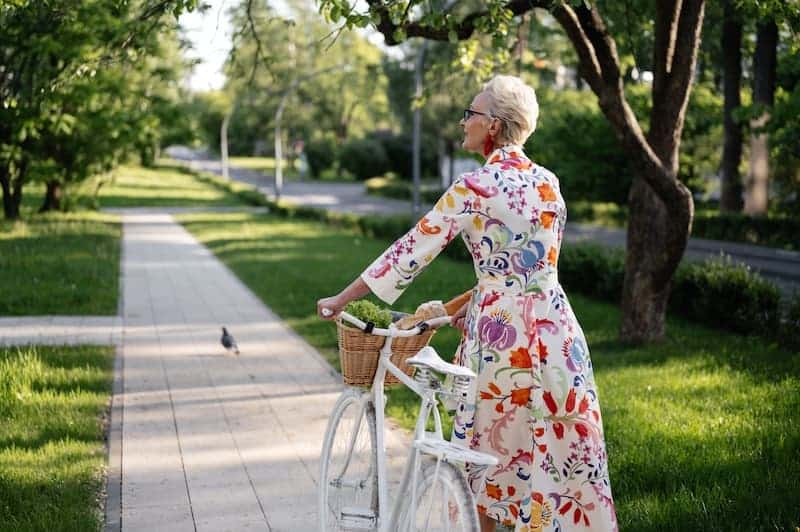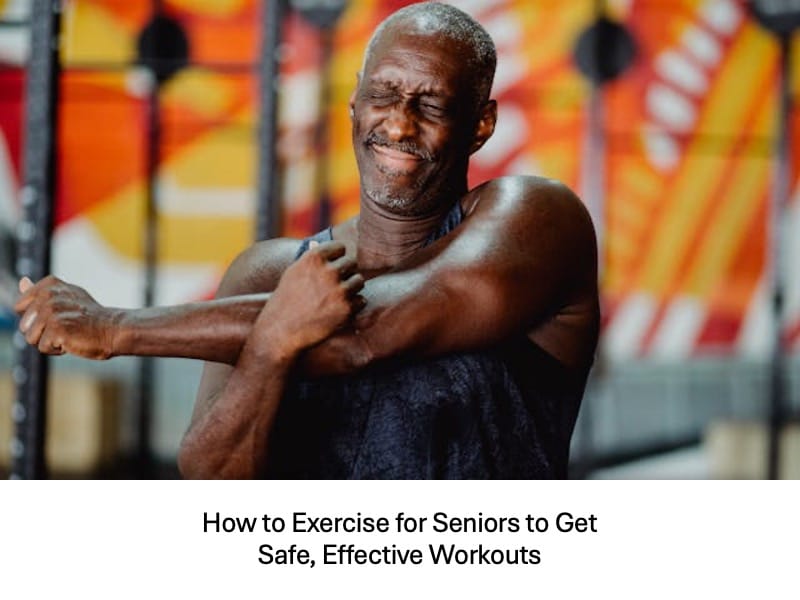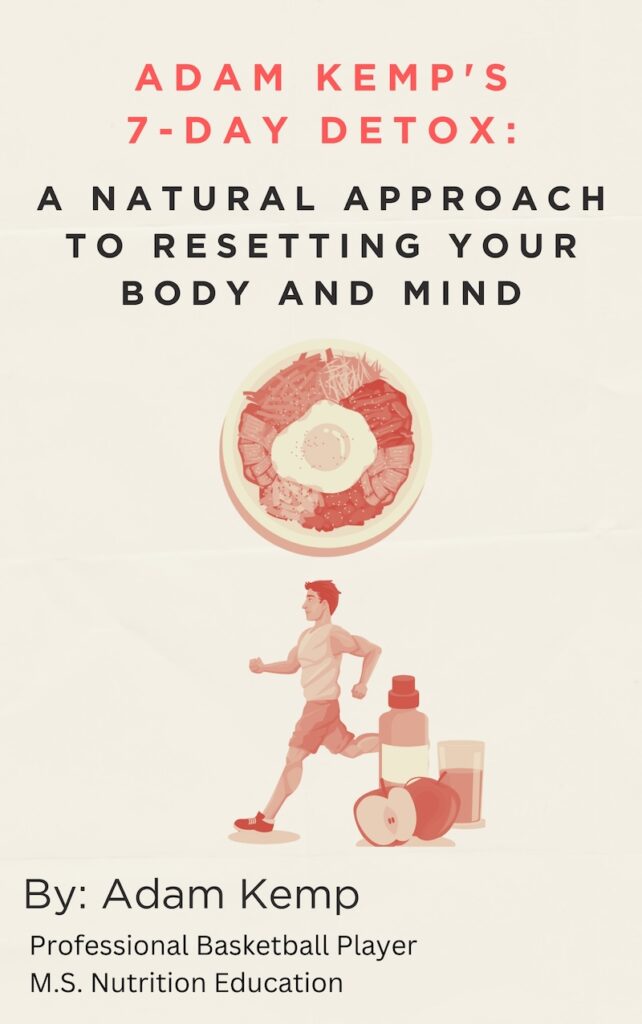How to Exercise for Seniors to Get Safe, Effective Workouts
Whether you’ve attended the gym all of your life or you simply want to give structured workouts a try in your later years, gym sessions offer a great way to do it.
The structure and professional oversight available in most gyms is especially appealing to older attendees, but you may be wondering, what exactly will a seniors gym session look like?
Honestly, this varies depending on your fitness level, but even lifelong gym lovers will undeniably want to slow down a little as they age.
Keep on reading to find out about the top three things you can do when you get to the gym during your golden years.
What are the Best Types of Exercise for Seniors?
Finding the right exercise for seniors begins with understanding how the body changes with age and selecting movements that increase strength, mobility, balance, and cardiovascular health without causing unnecessary strain.
Well-structured routines help older adults maintain independence, reduce injury risk, and support a healthier aging process, especially when guided by evidence-based training principles.
Aerobic Exercise
Aerobic exercise is one of the most essential training elements for older adults because it improves heart health, endurance, and daily function.
Research consistently shows that activities such as walking, cycling, swimming, and low-impact group classes support cardiovascular fitness and help reduce the risk of chronic disease (American College of Sports Medicine, 2022).
Strength Training
Strength training is equally important because age-related muscle loss accelerates after age 50.
Simple resistance exercises using machines, dumbbells, resistance bands, or bodyweight exercises help preserve muscle mass, improve balance, and enhance joint stability, all of which contribute to safer daily movement (Fragala et al., 2019).
Mobility Exercises
Flexibility and mobility work are key components as well, especially for seniors dealing with stiffness, arthritis, or a limited range of motion.
Gentle stretching, tai chi, and mobility exercises help loosen tight joints, reduce pain, and prepare the body for more structured physical activity.
Balance Training
Balance training becomes increasingly important with age because falls remain one of the leading causes of injury in older adults.
Practicing simple balance exercises, such as heel-to-toe walks, single-leg stands, or stability-focused strength movements, helps strengthen the neuromuscular system and reduces the risk of falls (Sherrington et al., 2019).
Low-Impact Exercises
Low-impact, joint-friendly movement options, such as water aerobics, recumbent biking, resistance band circuits, and controlled machine-based exercises, are especially beneficial for seniors with osteoarthritis or mobility limitations.
These activities allow consistent training without the pounding forces that come from higher-impact workouts.
The best exercise for seniors is ultimately a combination of aerobic activity, strength training, mobility work, and balance practice performed consistently and safely.
Blending these elements creates well-rounded routines that support longevity, functional independence, and overall quality of life.
How to Safely Exercise for Seniors

Staying active later in life can be transformative, but selecting the right approach to exercise for seniors is crucial for maintaining strength, independence, and overall well-being.
Older adults often experience changes in joint function, muscle mass, balance, and recovery capacity; therefore, their training methods must adapt accordingly to maintain both productive and comfortable movement.
A thoughtful routine built around safe fitness for seniors focuses on controlled intensity, joint-friendly movements, and intentional warmups that prepare the body for activity.
These strategies help reduce injury risk, improve mobility, and make every workout more enjoyable, particularly for individuals managing chronic conditions or recovering from previous injuries.
Evidence-based training plans, whether conducted at home, in a gym, or in a community wellness center, enable older adults to build cardiovascular endurance, maintain muscle strength, and improve balance without overexertion.
Consistency, moderation, and proper technique remain the pillars that support healthier aging and better overall function.
1.) Put Safety First
Gym safety becomes increasingly important for older users.
This is especially true for complete beginners or individuals who have preexisting conditions that could impact their workouts.
The most effective way to prioritize safety is to choose gyms located within healthcare settings.
For example, many doctors’ offices now have on-site gyms.
You’ll also probably have access to a high-quality gym if you live in a modern retirement community.
Using these facilities, rather than attending a standard gym, ensures that help is easily on hand should anything happen during a session.
You may also want to work with a personal trainer, at least as you find your gym footing.
This ensures professional guidance that can help you understand which exercises will work for you, and which ones you would be better avoiding.
2.) Stretch It Out
Stiff joints are part of the aging process, and that means stretch-based warmups are absolutely essential before any gym sessions.
This simple step prepares your body for exercise, which makes it far less likely you’ll experience injuries once you get going.
You should also find that warmup exercises, including neck tilts and torso twists, actually help your body to feel better.
This is because they’ll help to loosen those stiff limbs, even before you’ve started a proper workout.
The stretches you choose should focus on every area of your body, and can be a useful tool, even on days when you don’t feel physically up to a full workout.
3.) Less is Almost Always More
When we’re younger, it’s not unusual to push ourselves to our limits during gym sessions.
In most instances, it can even be beneficial to do so.
Unfortunately, the same isn’t true for senior sessions, where stretching your abilities too far could result in weeks of injury recovery and setbacks.
With this in mind, it’s always worth taking it easy in your later life gym sessions.
Set small daily goals that you know you can achieve, and only exceed those if you feel like you can easily manage them.
It’s also vital to stop exercise right away if you’re experiencing pain, especially joint pain or swelling.
Final Thoughts: Keys to Healthy Exercise for Seniors
Healthy aging relies on movement that strengthens the body without overwhelming it, which is why the smartest approach blends consistency, moderation, and intentionality.
Training plans that combine aerobic activity, strength work, mobility exercises, and balance training give older adults the most reliable path toward improved energy, better joint function, and greater independence (American College of Sports Medicine, 2022).
The most important guiding principle is to listen closely to the body.
Seniors who prioritize controlled intensity, proper technique, and gradual progression are far more likely to experience long-term benefits without unnecessary setbacks.
This approach not only reduces injury risk but also supports healthier recovery patterns as the body adapts to training over time (Fragala et al., 2019).
Supportive environments make a meaningful difference as well.
Whether working with a personal trainer, exercising in a medically oriented gym, or joining a community fitness program, professional oversight helps ensure movements are safe, aligned with individual health needs, and tailored for comfort and success.
Healthy exercise for seniors ultimately comes down to building routines that feel sustainable.
When older adults choose activities they enjoy, honor their physical limits, and commit to gentle, steady progress, they create a foundation for stronger daily function and a more confident, active life.
This website does not provide medical advice. This website site does contain affiliate links, and purchases may earn a commission.
Read my Medical Disclaimer, Review Disclaimer, and Publishing Policies for more details. Use of this site indicates acceptance of these terms.



